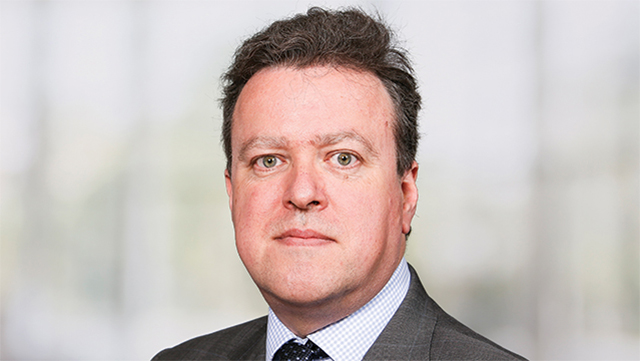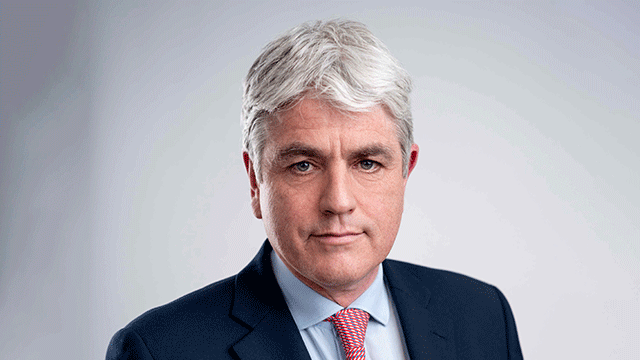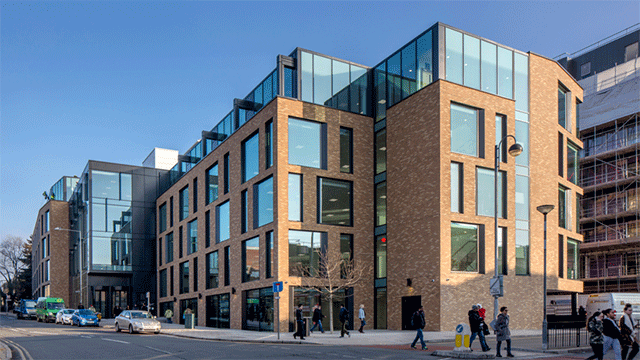In a survey of hi-tech property within a 50-mile radius of London, King & Co claim that, as from June, 360,000 sq ft of new hi-tech floorspace has been on the market in the Thames Valley region for over a year — 30% of the 1m sq ft plus of space presently available.
Of this long-term availability, Bracknell contributes 160,000 sq ft and Slough 114,000 sq ft. At present the Thames Valley has about 900,000 sq ft of occupiers’ listed requirements.
Within the 50-mile radius, some 2.5m sq ft of new hi-tech floorspace has been available since June. In the London-Heathrow area a similar situation to that in the Thames Valley prevails, with 132,000 sq ft of the 400,000 sq ft available being on the market for more than one year.
In terms of demand, some 2m sq ft of hi-tech space is currently required, with London being the only location within the area surveyed where demand of 680,000 sq ft exceeds supply — just under 400,000 sq ft.
Prime rents in the Thames Valley have risen slowly during the past 18 months, although Slough and Bracknell have broken through the £10 per sq ft barrier, achieving £10.50 per sq ft in the case of Thorn EMI’s tenancy at Foundation Park.
In the Hampshire, Surrey and Gatwick areas rents have levelled off slightly after the dramatic rises that occurred in 1985. They are now hovering at between £9 and £10.
Looking ahead, King & Co feel that in the short term the prospects for rental growth are better than they have been for some time in the hi-tech market, but they report concern in the property sector at the level of the rates burden after the 1990 revaluation, which may serve to depress rents in areas where they are currently high.
The report identifies the business park as the way ahead for UK hi-tech development.
The growth areas for these parks will be to the north and south of the capital, with significant developments taking place along the eastern corridor. The 50 miles of the western corridor under consideration, in King & Co’s opinion, belongs to the history of hi-tech development.
The western corridor, say the agents, is now effectively saturated and they expect little further development.










